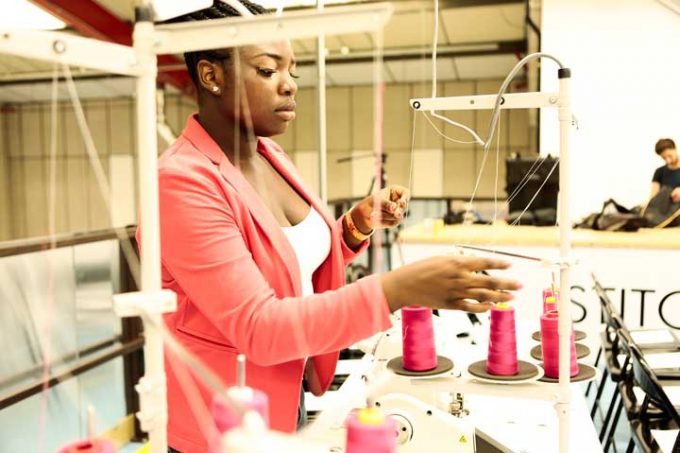Blue Yonder drives ahead in supply chain optimisation with One takeover
Blue Yonder has moved to establish a lead in multi-enterprise supply chain optimisation capabilities, with ...

“The pace of change in logistics and technology is faster than ever before.”
So said CEO Nick Beighton as he announced online retailer ASOS’s year-end profit before tax of £32.7m, on revenue of £1.4bn – and a review of its upstream supply chain and US delivery network.
Retail sales at the clothing company, which focuses on millennials, grew 26%, with strong performances in the UK (up 27%), US (+50%) and EU (+28%). Similar growth is expected this year.
ASOS has discontinued its China operation.
Its supply chain operations are a lesson in the future of logistics management. The company sources and manufactures from 28 countries, with 500 factories, and is investing in both technology and distribution.
It aims to have order times similar to “a very large Spanish retailer”, and says better technology reduces logistics costs – which it is now looking to extend beyond customer delivery to its upstream supply chain.
“We haven’t taken the opportunity to connect our end-to-end business – our upstream side supply chain – in the same manner,” said Mr Beighton.
“We’re now planting the seeds to develop a greater connection with our supply base. This will include: shorter lead times; more UK manufacturing; more mutual manufacturing – the price being a high velocity of new product development and new product change and the lowering of the total cost of handling of doing business together. That will pass on to our customers.”
Distribution costs for the retailer, which offers next-day delivery across Europe, have increased 30 basis points year on year, and account for 14.9% of revenue – but the company noted it had benefited from low freight rates.
Helen Ashton, CFO, said in an investor call: “The benefits that we’ve received from carrier price renegotiations and the change in US duty thresholds have been reinvested into reducing our standard delivery times in many countries including the US reduction from six to four days, as well as expanding free returns to all EU countries and increasing the mix of orders sent using a track service.”
She added that ASOS now had 95% of its orders tracked – which, she said, not only benefits customers, but “reduces our lost-in-transit and customer care costs”.
Adding technology to warehousing operations has also reduced costs – by 60 basis points to 7.9% of revenues. ASOS has boosted automation at its XPO-managed Barnsley warehouse and work continues at the technology-driven new EuroHub 2 warehouse.
Its existing EuroHub warehouse in Germany dispatched 52% of all European orders; the new hub, being built south of Berlin at a cost of €80m, will double its capacity when it opens in March.
ASOS is also reviewing its US distribution networks.
“I’m expecting to conclude what we’re going to do with the US, in terms of downstream supply chain, in the next two or three months,” said Mr Beighton.
“And that’s more than where we’re going to plonk the shed.
“That is how we’re going to deliver; how we’re going to utilise the hubs; how much is going to be air-freighted; how fast we’re going to go; how we’re going to achieve later cutoffs – and all of those things are considerations when we’re deciding where to put the warehouse – obviously then finding the right partners and the right locations.”
You can see the full ASOS results here.
Comment on this article